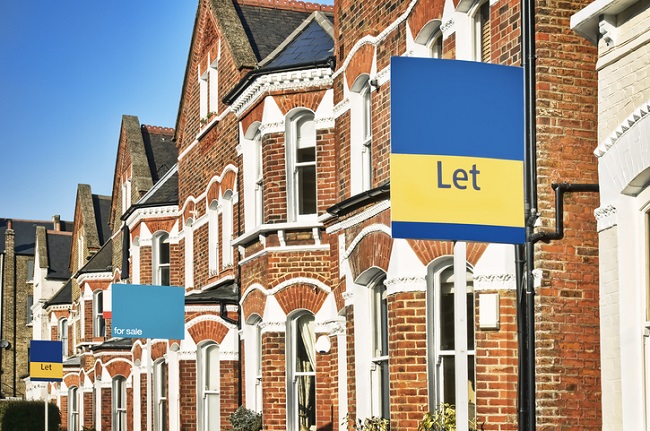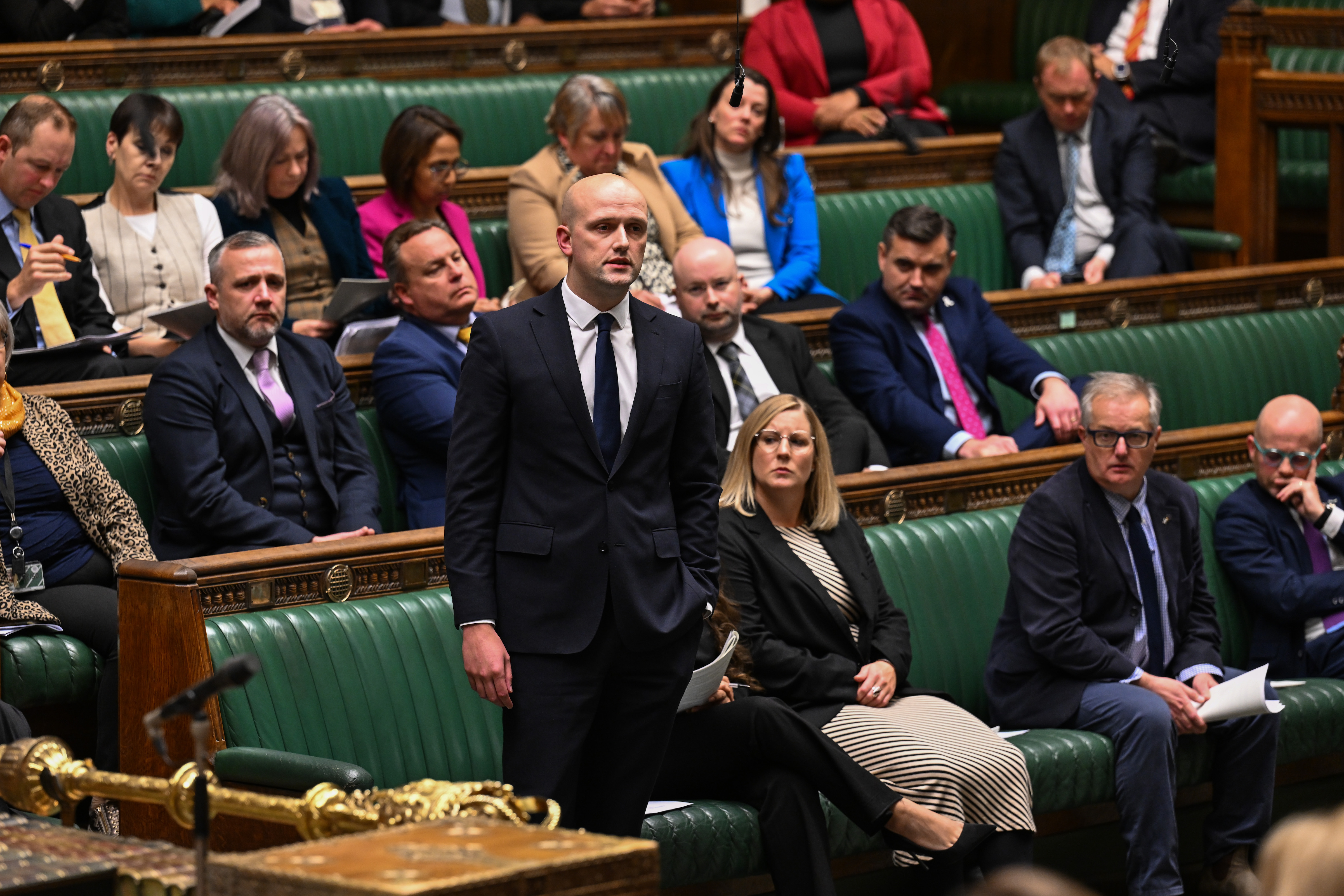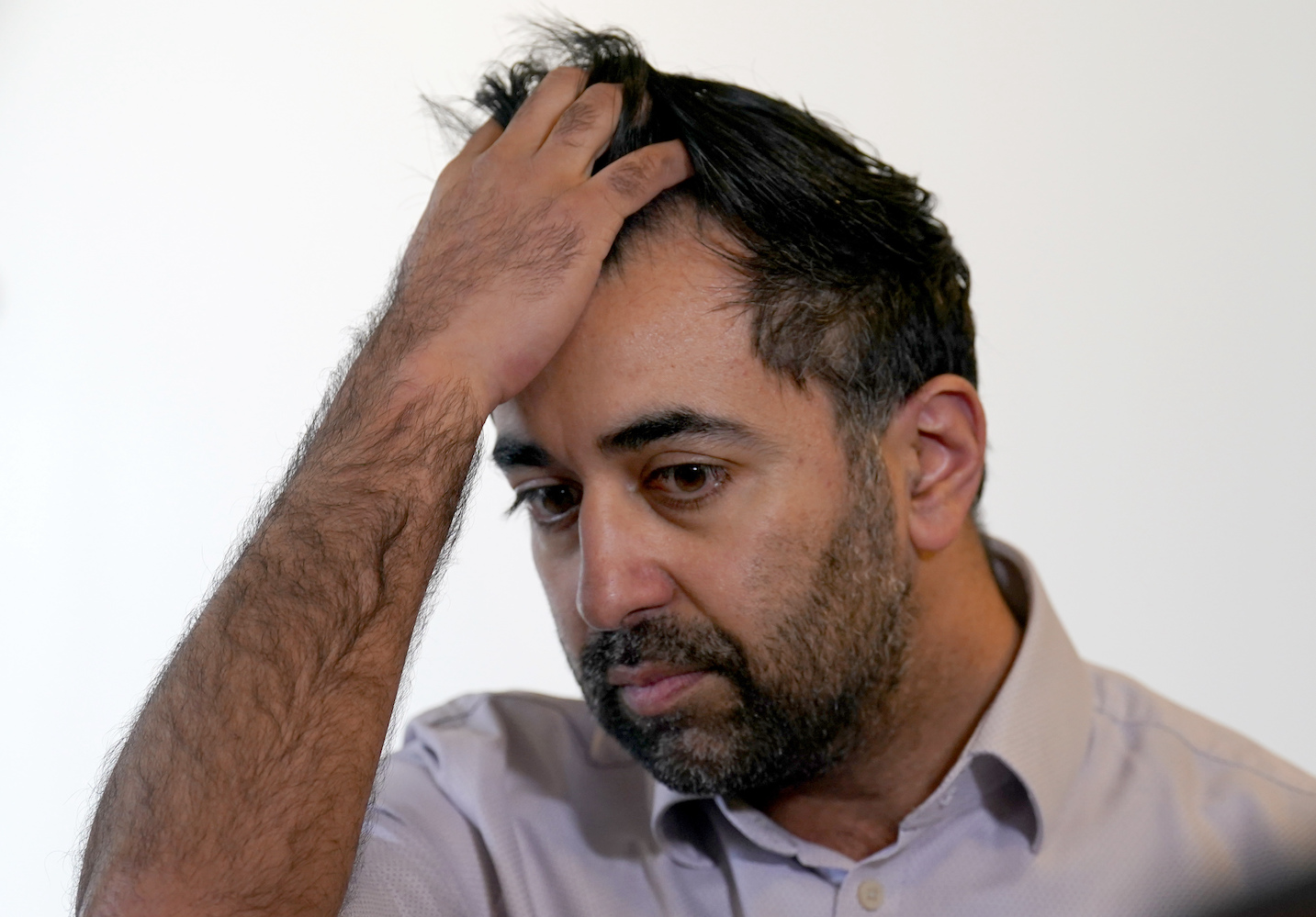What is private renting?
Privately rented properties are owned by landlords, property companies or institutional investors. The properties are leased to tenants either directly or via registered letting agencies.
According to the Office of National Statistics, the number of households in the private rented sector in the UK increased from 2.8 million in 2007 to 4.5 million in 2017. Although growth in the sector has since stagnated, it accounts for around a sixth of the UK’s total housing stock.

The growth in the UK private rental sector was flat lining in the early 2020s.
The history of the UK private rental sector
During the 1950s, 1960s, and 1970s there was a steady increase in homeownership, which, coupled with the rise in social housing, pushed the private rental sector into decline.
In the 1980s, a strongly pro home ownership approach from the then Conservative government of Margaret Thatcher, including the creation of the Right to Buy Scheme, saw a further jump in home ownership, and a 10% reduction in private rented accommodation.


The stagnation of private renting attributed to a legal framework that was perceived as unfriendly for the private landlord, including the regulation of rent levels, and difficulties in recovering properties from defaulting tenants.
These perceived problems were addressed by the 1988 Housing Act. The Act reformulated legislation between landlords and tenants by introducing new tenancy agreements and the notion of an Assured Shorthold Tenancy. This added clarification to the nature of a tenant-landlord transaction and increased the ease with which landlords could reclaim properties.
In light of the 1988 Act, private rentals began to regain their appeal with investors, whilst high interest rates and the financial crash of the early 1990s reduced the appeal of home ownership.
During the 1990s, private renting also started to profit from the UK’s increasing numbers of university students, an ageing population and a rise in immigration. Many of these demographic groups favoured short-term accommodation over homeownership.
By the start of the Twenty First Century, financial interest in the UK private rented sector had soared. Investors looking to establish themselves in the sector turned increasingly to buy-to-rent and build-to-rent schemes, whereby properties were bought with the intention of renting them out as a source of income.
In 2010, the government’s Private Landlords Survey found that 51% of rented dwellings had been acquired since 2000, compared with 25% from 1990-99, and 24% prior to 1990. By 2020, the sector had grown to attract a diversity of investors in the form of individual landlords to large property companies.
Changes to the Finance Act in 2015 restricted the amount of tax relief that landlords were able to claim for mortgage interest and other financial costs. Landlords would now receive a basic rate reduction, which provoked a sharp decrease in the sector’s profitability.
By 2019, there were signs of stagnation, with the number of properties in the private rental sector falling by 222,570, reaching its lowest level since December 2012.
Regulations around private renting
Data from the annual English Housing Survey of 2019 found that 23% of dwellings in the private sector failed to meet the Decent Homes Standard, compared with just 12% of dwellings in the social rented sector.
Likewise, 13% of private rented housing stock was found to contain to at least one serious health hazard. This figure was just 5% in the social rented sector.
Concerns about the safety of private rented accommodation have seen a number of regulations introduced over the years:
From 1 July 2020, private landlords must make sure that all electrical installations are inspected and tested by a registered electrician.
From 1st April 2020, landlords must ensure the Energy Performance Certificates (EPC) for their lets meet a new standard. This is for new and existing tenancies. An EPC is needed whenever a property is built, sold or rented.
The Tenant Fees Act 2019 outlined the Government’s approach to banning letting fees paid by tenants in the private rented sector and capping tenancy deposits.
Tenants deposits are protected under the 2004 Housing Act, facilitated by the establishment of government-approved deposit protection schemes.
Under the Gas Safety (installation and use) Regulations 1998, landlords are obliged to undertake regular maintenance of the flues and appliances and to undertake any necessary repairs.
The Protection of Eviction Act 1977 prohibits eviction without due process and under the Equality Act 2010 it is illegal to discriminate when letting on the grounds of certain protected characteristics such as gender, disability, race, religion and others.
In the May 2022 Queens Speech, the government announced plans for a Renters Reform Bill. This bill will establish ‘no fault’ evictions, giving renters better rights when they are told to leave a property despite complying with the terms of their tenancy.
The bill will also reform landlord’s grounds for possession and give them greater powers to tackle repeated rent arrears or anti-social behaviour among tenants. It will also establish a new ombudsman for private rented landlords to ensure disputes can be easily resolved without the need to go to court.
Calls for greater regulation of the private landlord sector
Despite attempts to improve the conditions with the private rented housing stock, it is argued that too many properties continue to be of a poor quality.
There is also concern about the level of rents charged through private renting. The Office of National Statistics shows that private rents take up a significantly larger proportion of gross income than for those in either social housing, or in terms of mortgage payments from owner occupier households.
Unaffordable private rents in certain geographical areas are said to limit work opportunities and exclude lower-paid households. They have been said to contribute to the concepts of “super gentrification” and “super pauperisation”.
Critics also point to the instability that exists with private renting. The threat of eviction under a Section 21 Notice is an ever-present possibility, with the resulting housing instability said to contribute negatively to both adult and children’s mental health. This is also linked to the debate on homelessness.
According to the publication, ‘Inside Housing’, the lack of a “unified sector” makes it difficult to regulate. A lone landlord may not be as well informed as a housing association, and the lack of a formal register or registration means that a rogue landlord may only be identified if a tenant complains.
It is suggested that more formalised regulation with clearer information on baseline standards would help identify the minority of rogue landlords. The Law Commission estimates that just 2.2% of landlords belong to a professional body. It is claimed that without formal registration, there will always be a large variation in the levels of knowledge and awareness that exist in terms of rights and responsibilities.
Arguments against further regulation of landlords
With the rental market now heavily reliant on private providers, others argue that increased regulation could act as a disincentive to landlords and potentially reduce the availability of housing.
This is cited as a particular concern, with the sector appearing to be going into reverse in the early 2020s, and worries around the wider future availability levels of rented accommodation.
According to a report commissioned by Capital Economics for the National Landlord Association , the removal of Section 21 would result in a 20% fall in housing stock and a 59% reduction in the number of private rented dwellings available to those claiming benefits.
With the associated change to the position of supply and demand, the report also suggested that approximately 600,000 homes may then be subject to rent increases.
Quotes
“Five years ago, we warned the Government that its reckless plan to scrap legitimate tax relief on landlords’ finance costs would backfire, disrupting the supply of private rented homes”… “The new government has an opportunity to break with the past and work in concert with landlords to ensure housing demand is met with good quality rented accommodation”. – National Landlords Association chief executive Richard Lambert, 2020
“The growth in short-term lets is particularly concerning for the traditional private rented sector. As landlords are continuously faced with increased levels of legislation, it’s no surprise they are considering short-term lets as a chance to escape this. Unless the sector is made more attractive, landlords will continue to exit the market resulting in less available properties and increased rent costs.” – David Cox, Former ARLA Propertymark Chief Executive, 2020
“The free market is not allowing people to lead reasonable lives when they are paying excessive rents in the private-rented sector. We have to change our housing policies fundamentally by rapidly increasing a council house building programme to give real security to people’s lives” – Jeremy Corbyn, speaking to the TUC in 2015.
Statistics
- The number of households in England reporting the end of a private tenancy as the main reason for homelessness almost doubled between 2011 and 2013.” [Source – SMF Report, 2020]
- It is suggested that 40% of London’s’s households could be renting in the Private Rental Sector by 2030. [Source – Future of London]
- It is predicted that one in three (33%) of tenants will likely still be renting after retirement. It is suggested that 1 in 3 millennials will never own a home. (Source – The Resolution Foundation)
- Households in the private rented sector are getting older; between 2007 and 2017, the proportion of household reference persons aged 45 to 54 increased from 11% to 16% while those aged 16 to 24 dropped from 17% to 12%. [Source – Office of National Statistics, 2019]
- As at financial year ending (FYE) 2017, 62% of households in the private rented sector in the UK had spent under three years in the same accommodation and only a small proportion (4%) had been in the same residence for 20 years or long. [Source – Office of National Statistics, 2019]


























